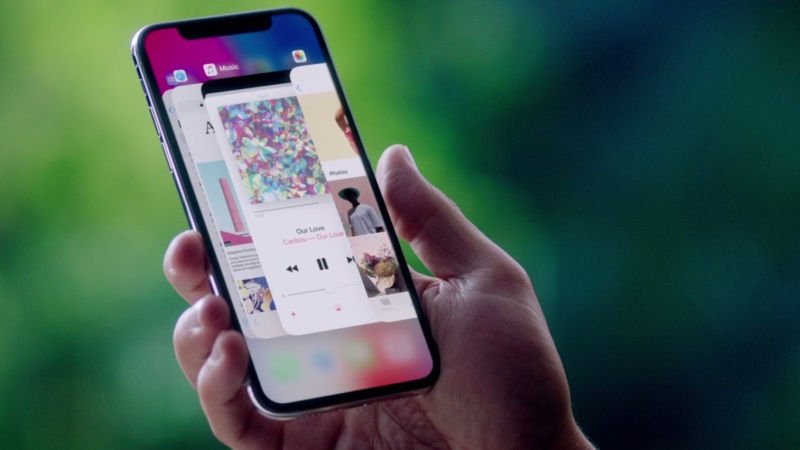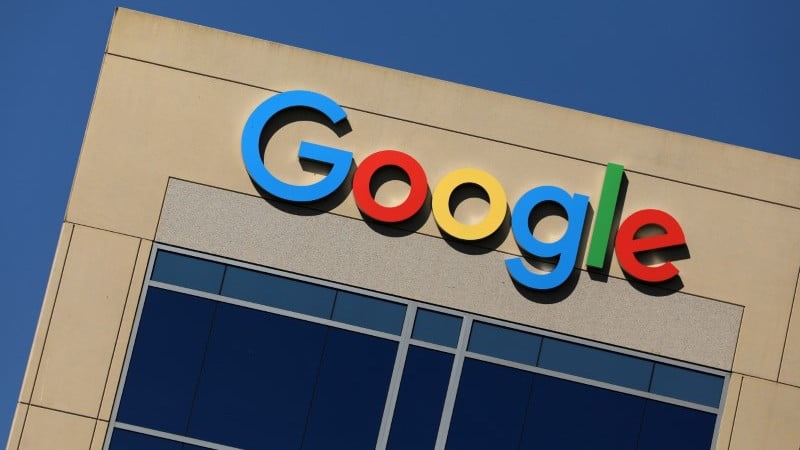
I try to promote the idea that marketing isn’t an expense; it’s an investment. Every dollar you spend should be working toward earning you more than a dollar in benefits, whether that means more conversions, attracting more traffic, or just increasing your overall brand exposure.
In any case, throwing more money into your marketing and advertising strategy is almost sure to earn you more results if you allocate budget strategically. The key to achieving efficiency in a marketing campaign is to make sure you’re getting the full value out of every dollar you spend—no matter how big or small your budget is.
These are some of the best approaches to earn you the highest return from your marketing spend:
1. Use complementary strategies.
You can get more out of your marketing budget by distributing it among strategies that naturally complement each other. Rather than investing in two completely separate tactics, you can invest in two tactics that naturally enhance each other. For example, content marketing and SEO are two strategies that could feasibly be invested in separately; but if you invest in both of them, each will help the other see better results. In this case, content will give you more opportunities to build relevance for your target SEO keywords, and SEO will drive more traffic to your content so it gets more views, shares, and conversions.
2. Ditch what isn’t working.
This is a strategy that too many marketers are unwilling to follow. If you have your budget distributed evenly among three separate campaigns, and one is clearly getting inferior results compared to the others, don’t keep dumping your money into it—ditch it. There are some exceptions to this rule; some strategies, like SEO, take at least several months (depending on the competition) to fully develop. But for the most part, if you’re consistently seeing lackluster results from one of your investments, don’t invest any more money into it, even if its ROI is technically positive.
3. Repurpose your material.
Every marketing or advertising strategy you use will demand some type of core content or material. For example, in social media marketing, you’ll need short headlines or updates, along with on-site material to link to, and every ad you create will need a central message and a call to action. If you create new material every time you have a marketing need, you’ll end up in a constantly demanding cycle of creative effort. Instead, you can recycle content from one medium, and reuse it in other applications in the future.
4. Avoid overpaying.
Even if you take a mostly DIY approach, you’re still going to end up paying for some of your resources and services. For example, you might pay a graphic designer to help you finalize an ad design, or you might spend some money to boost one of your Facebook posts to a wider audience. When paying for services, do your research, and avoid overpaying; marketing services range from very cheap to very expensive. Sometimes, those cost fluctuations are justified. Other times, they’re completely unfounded. Look at each provider’s experience, the value you’re getting for the money, and all other options available to you.
5. Experiment.
If you’re seeing a positive ROI on a given strategy, that’s a good thing—but chances are, there’s another strategy out there that can give you an even higher ROI. For that reason, it’s vital that you’re willing to keep experimenting. Try different tactics, different content, and different audiences, and make sure you measure and compare the results you get. This is especially important when there are major changes in a given field, or when a new technology makes a previously inaccessible strategy available to you.
6. Target your audience effectively.
Every marketing strategy is more effective when it’s targeted specifically to the right audience. Many marketers, especially newcomers, make the mistake of “optimizing” marketing strategies to reach as many people as possible. There is some credence to the idea that reaching more people gives you more potential visitors and customers, but if your messages aren’t relevant, they aren’t going resonate, and it won’t matter how many people you end up reaching. Even if you’re working with large volumes of customers, all your messaging should be specifically targeted.
7. Trust the experts.
Finally, though you should spend your money wisely and frugally, it’s far more cost efficient in the long run to hire an expert who knows what they’re doing, rather than hiring a novice or trying to do the work yourself. Experts are going to have access to more resources, they’ll be able to operate more efficiently, and you’ll be able to hold them accountable for whatever results they get in your campaigns. Once you find an expert worth paying for, keep investing in them.
Spending more money on marketing isn’t always the best solution; sometimes, optimizing the money you’re already spending can earn you better results than a direct increase in cash flow. If followed consistently, these efficiency strategies should lead you to a more productive and higher-returning marketing approach, especially if you stick to them as your needs and budget increase.
Remain vigilant, and don’t spend any more money than necessary to see the results you want.
[“Source-forbes”]























